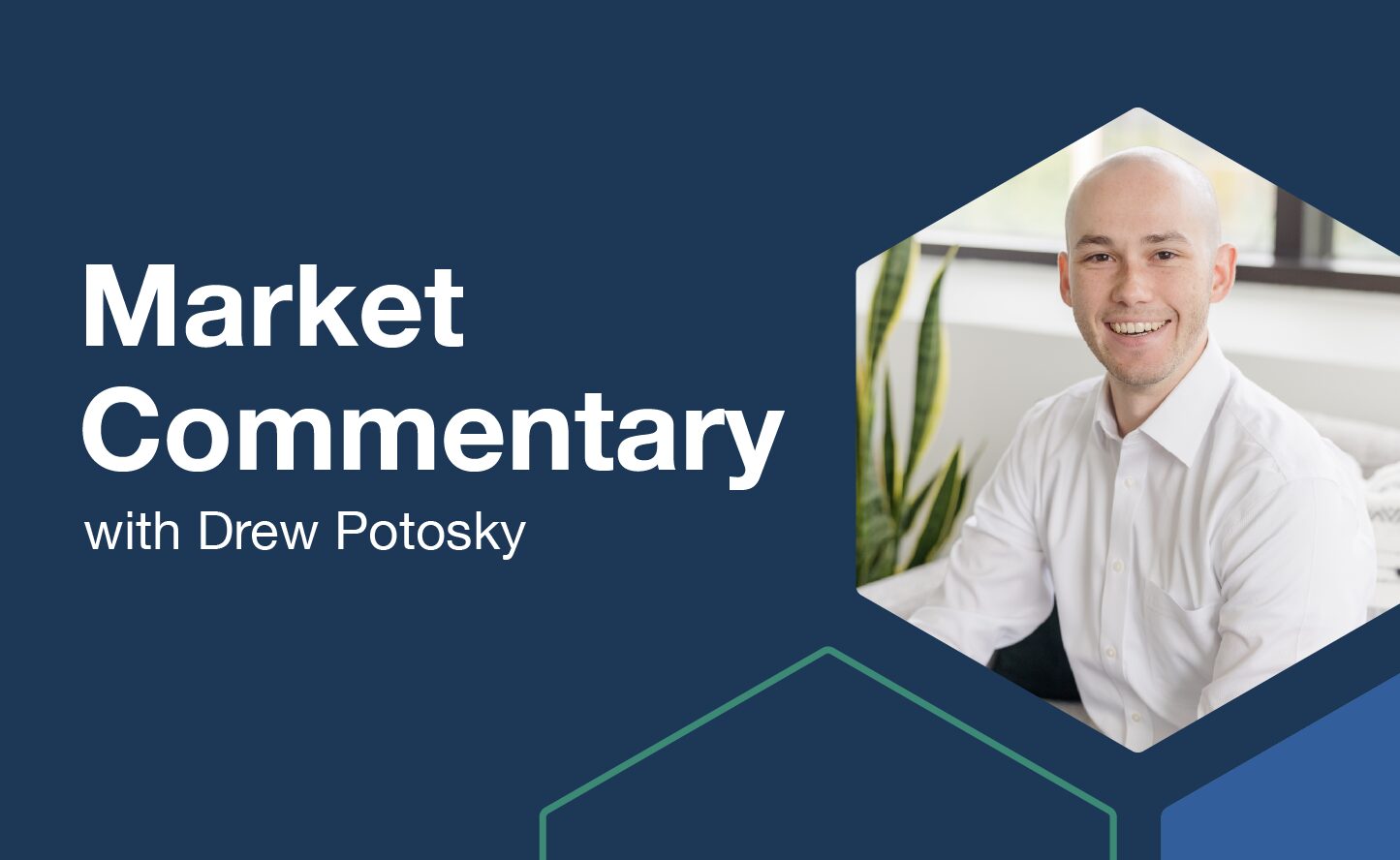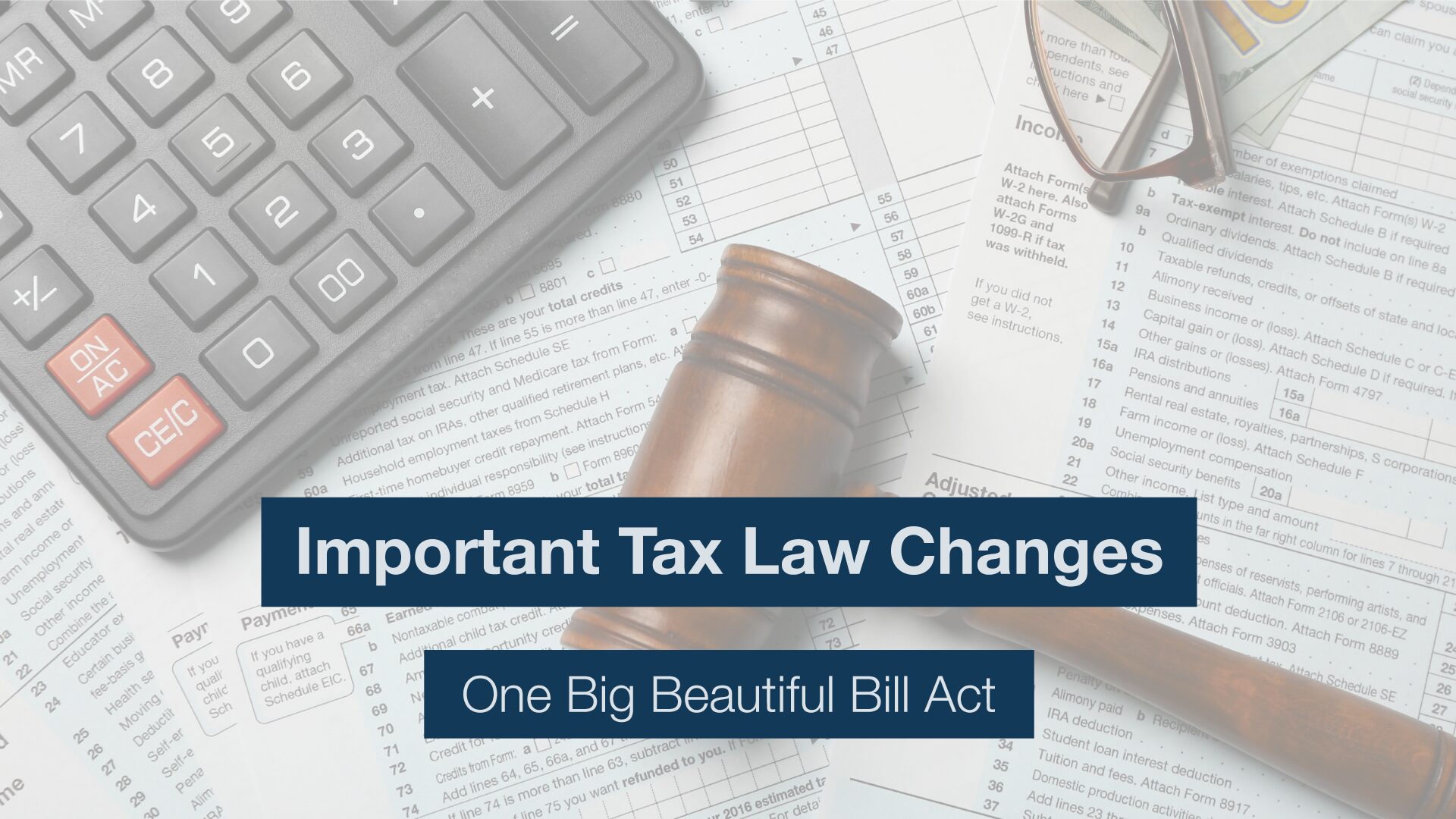
Amidst all the tariff and trade proposals stoking, then quelling, market volatility, brief but messy political break-ups, and strong economic data, there has been a very healthy mix of good and bad news. One headline that was swept up in all of this we wanted to make sure was addressed was the Moody’s downgrade of U.S debt from their high and most pristine to just one level below, shown as Aa1.
In an article published by Reuters, the downgrade was driven largely by concerns over unsustainable deficits, rising interest costs, and a lack of a plan for any fiscal reform. When talking about the U.S. debt, it’s almost hard to comprehend because the dollar figures are so large. For instance, the national debt is $36 trillion, and the new budget bill could add as much as $2.4 trillion to the deficit over the next 10 years. We’ll try to put the downgrade and the debt into more perspective as it relates to markets.
1. The U.S. still holds one of the highest credit ratings in the world.
When Moody’s recently downgraded the U.S. credit rating, they specifically noted concerns about “successive US administrations and Congress” failing to address “large annual fiscal deficits and growing interest costs.” It’s important to keep in mind that only a handful of countries have the highest credit rating, and the U.S. dollar remains the world’s reserve currency. There is also no predetermined level at which debt ratios trigger problems – many countries such as Japan have had much higher debt ratios for decades.
2. Budget and debt ceiling negotiations can be polarizing issues.
Budget debates have triggered market volatility numerous times over the past fifteen years—during the 2011 downgrade, the 2013 fiscal cliff, and government shutdowns in 2018-2019. However, in each instance, agreements were eventually reached, markets stabilized, and growth resumed. We can expect more of these episodes in the decades to come. It remains to be seen whether we’ll see long-term change, but markets have so far brushed it off.
3. Investing requires us to balance long-term risk and opportunity.
As significant as the debt and deficit are, their impact on investments should be viewed with perspective. Markets have historically performed well across varying levels of government debt and deficit spending. Interestingly, some of the strongest market returns in recent decades occurred following periods with the worst deficits, which typically coincided with economic crises when markets were at their lows. Therefore, while risk management remains important, we should maintain focus and continue to invest according to the long-term financial plan.
What This Means for Your Financial Plan
While the debt, deficit, and downgrades are legitimate concerns for our country’s long-term fiscal health, history shows that making investment decisions based solely on government spending patterns or credit ratings would be counterproductive.
More specifically, while it can cause temporary market uncertainty, the major asset classes have a long history of resilience. For example, U.S. Treasury securities have consistently maintained their status as safe-haven assets despite wars, pandemics, and more. Even after the unprecedented 2011 S&P downgrade and resulting market correction, the S&P 500 recovered completely within months.
Taken together, a disciplined approach focused on your long-term goals, proper diversification, and solid investment fundamentals—all while managing structural risks like these—remains a reliable path towards achieving financial success.
IMPORTANT DISCLOSURE INFORMATION: Please remember that past performance is no guarantee of future results. Different types of investments involve varying degrees of risk, and there can be no assurance that the future performance of any specific investment, investment strategy, or product (including the investments and/or investment strategies recommended or undertaken by PDS Planning, Inc. [“PDS”]), or any non-investment related content, made reference to directly or indirectly in this blog will be profitable, equal any corresponding indicated historical performance level(s), be suitable for your portfolio or individual situation, or prove successful. Due to various factors, including changing market conditions and/or applicable laws, the content may no longer be reflective of current opinions or positions. Moreover, you should not assume that any discussion or information contained in this blog serves as the receipt of, or as a substitute for, personalized investment advice from PDS. To the extent that a reader has any questions regarding the applicability of any specific issue discussed above to his/her individual situation, he/she is encouraged to consult with the professional advisor of his/her choosing. PDS is neither a law firm nor a certified public accounting firm and no portion of the blog content should be construed as legal or accounting advice. A copy of the PDS’ current written disclosure Brochure discussing our advisory services and fees is available for review upon request or at www.pdsplanning.com. Please Note: PDS does not make any representations or warranties as to the accuracy, timeliness, suitability, completeness, or relevance of any information prepared by any unaffiliated third party, whether linked to PDS’ web site or blog or incorporated herein, and takes no responsibility for any such content. All such information is provided solely for convenience purposes only and all users thereof should be guided accordingly. Please Remember: If you are a PDS client, please contact PDS, in writing, if there are any changes in your personal/financial situation or investment objectives for the purpose of reviewing/evaluating/revising our previous recommendations and/or services, or if you would like to impose, add, or to modify any reasonable restrictions to our investment advisory services. Unless, and until, you notify us, in writing, to the contrary, we shall continue to provide services as we do currently. Please Also Remember to advise us if you have not been receiving account statements (at least quarterly) from the account custodian.



